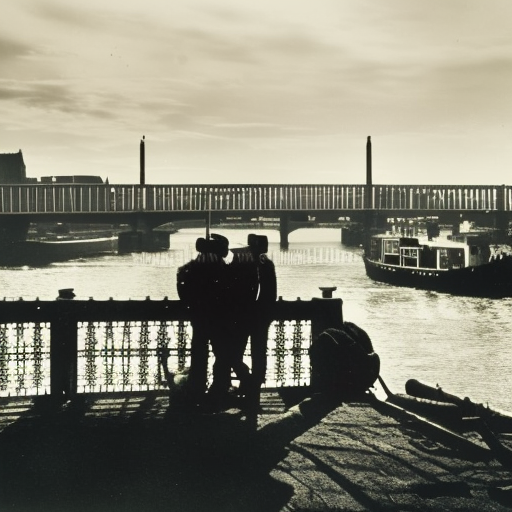Siege of Namur: The Battle for Control
The Siege of Namur was a significant military engagement that took place during the Nine Years’ War. It occurred between July and September 1695 and involved the French forces led by Marshal François de Neufville, Duke of Villeroy, and the Allied forces commanded by William III of England. The objective of the siege was to capture the strategically important fortress city of Namur, located in present-day Belgium.
Background:
The Nine Years’ War, also known as the War of the Grand Alliance, was a conflict that pitted France against a coalition of European powers. The war had been raging since 1688, and by 1695, both sides were seeking a decisive victory. Namur, with its formidable fortifications and strategic location on the Meuse River, was a key target for the Allies.
The Siege Begins:
In July 1695, the French army, numbering around 80,000 troops, laid siege to Namur. The city was defended by a garrison of approximately 8,000 soldiers, consisting of Dutch, Spanish, and Austrian troops. The French began by bombarding the city with artillery fire, aiming to weaken the defenses and create breaches in the walls. The defenders put up a fierce resistance, but they were heavily outnumbered and lacked sufficient supplies.
The Capture of the Outer Defenses:
After several weeks of intense bombardment, the French managed to breach the outer defenses of Namur. They launched a series of assaults on the city’s fortifications, gradually gaining ground. The Allies fought valiantly but were gradually pushed back. The French also made use of newly developed siege techniques, such as the use of saps and trenches, to advance their positions.
The Fall of the Citadel:
The most formidable part of Namur’s defenses was its citadel, a heavily fortified stronghold located on a hill overlooking the city. The citadel was commanded by the Dutch General Menno van Coehoorn, a renowned military engineer. Despite his best efforts, the French managed to breach the citadel’s walls in early September. The defenders, realizing that further resistance was futile, surrendered.
Aftermath:
The capture of Namur was a significant victory for the French. The city’s fall allowed them to consolidate their control over the Spanish Netherlands and strengthen their position in the region. The siege demonstrated the effectiveness of the French army and their ability to overcome well-fortified positions. It also highlighted the importance of fortifications in warfare and the need for constant innovation in siege techniques.
Legacy:
The Siege of Namur had a lasting impact on military tactics and fortification design. It prompted military engineers to develop new methods to counter the threat posed by artillery and siege warfare. The lessons learned from the siege influenced the construction of future fortifications, such as Vauban’s designs, which incorporated elements to withstand prolonged sieges.
In conclusion, the Siege of Namur was a pivotal event in the Nine Years’ War, showcasing the military prowess of the French and the challenges faced by the Allied forces. The capture of Namur allowed the French to strengthen their position in the Spanish Netherlands and demonstrated the importance of fortifications in warfare. The siege also led to advancements in siege techniques and fortification design, leaving a lasting impact on military strategy.












